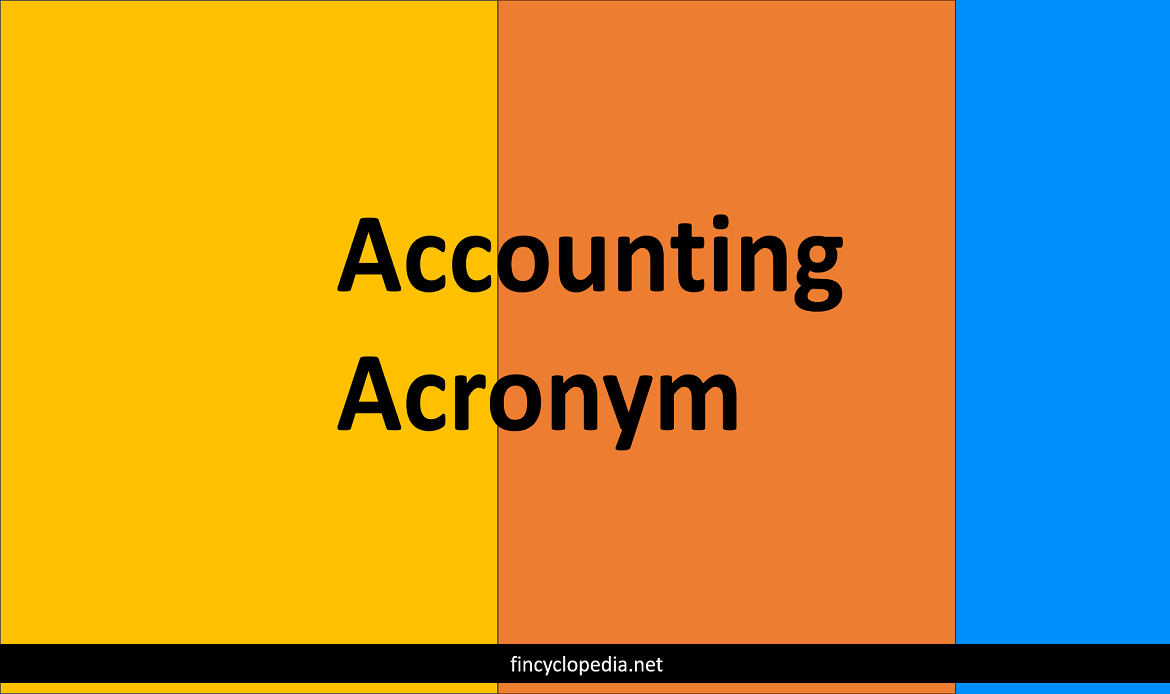A published index that provides a measure of the proportionate, or percentage, changes in the price of goods and services (i.e., a representative basket of goods and services) over time. In other words, it is a measure of change in the general price level in a certain country or jurisdiction. It reflects the change in the purchasing power of a currency (i.e., inflation rate) over a specific period of time (i.e., calculated on a monthly, semi-annually, or annually basis). Generally, inflation rate represents the annualized percentage change in a general price index. There is no golden rule or consensus about which goods/ services and specifically which assets will be part of a general price index, nor about the weights of the goods and the assets sub-aggregate, etc.
In accounting, an entity operating in hyperinflationary economies needs to restate its financial statements based on a general price index that reflects changes in general purchasing power. For example, non-monetary items that are carried at cost or depreciation-adjusted cost are restated by applying the change in a general price index (from the date of acquisition to the end of a reporting period) to the historical cost of an item and its respective accumulated depreciation.





